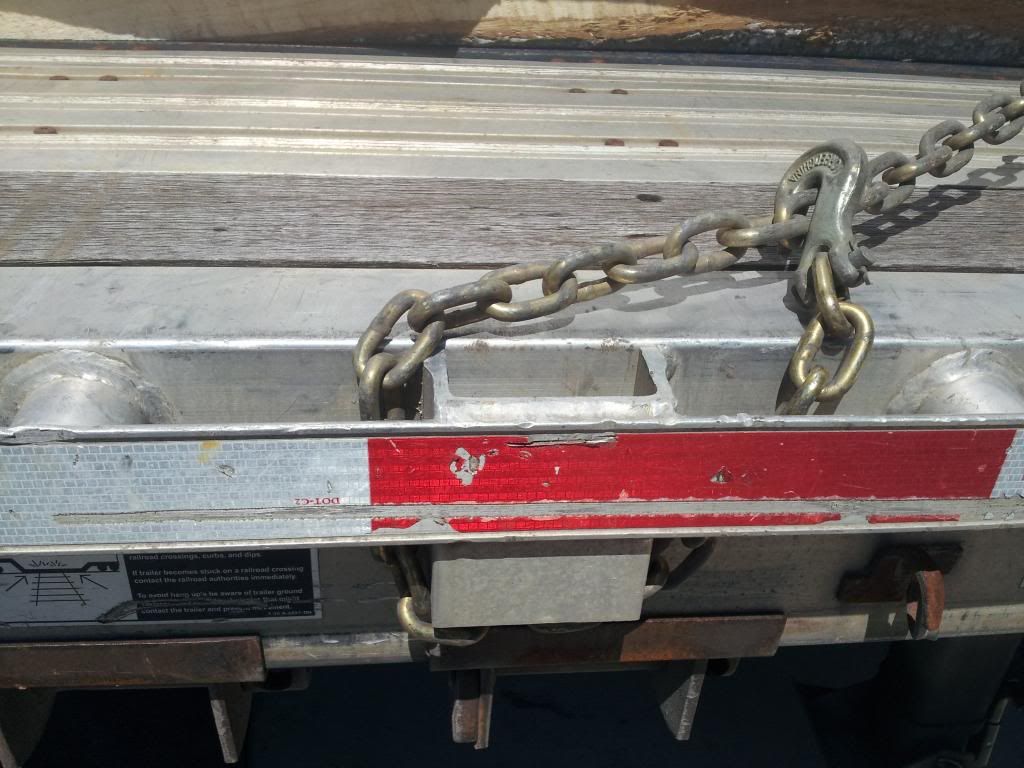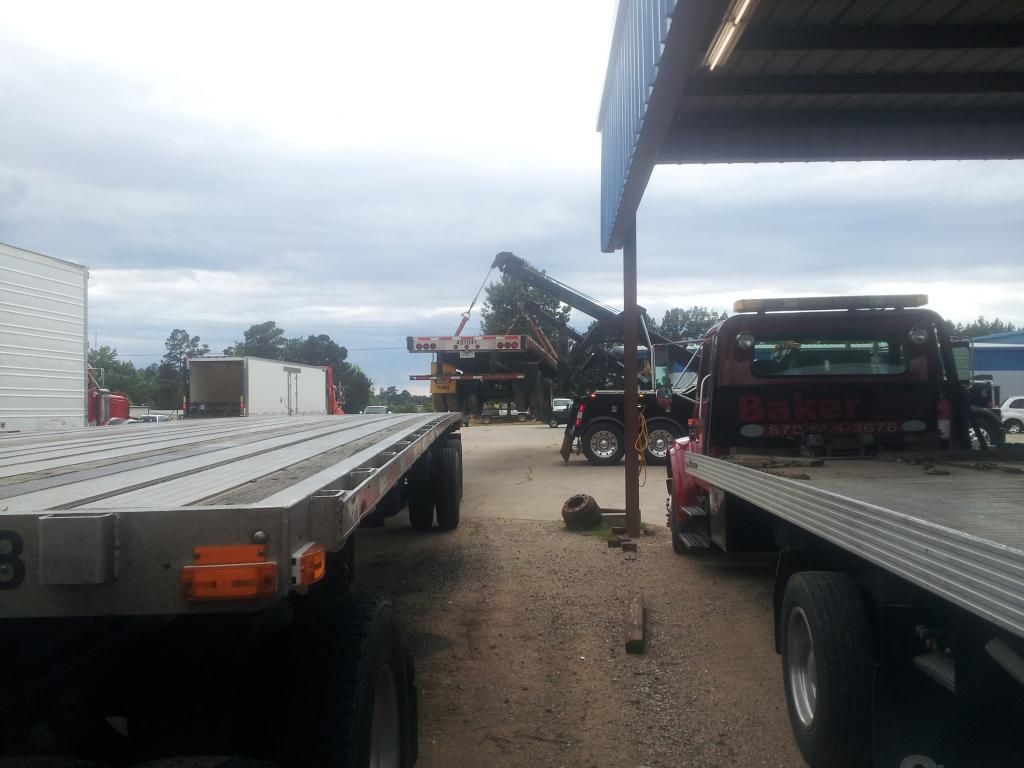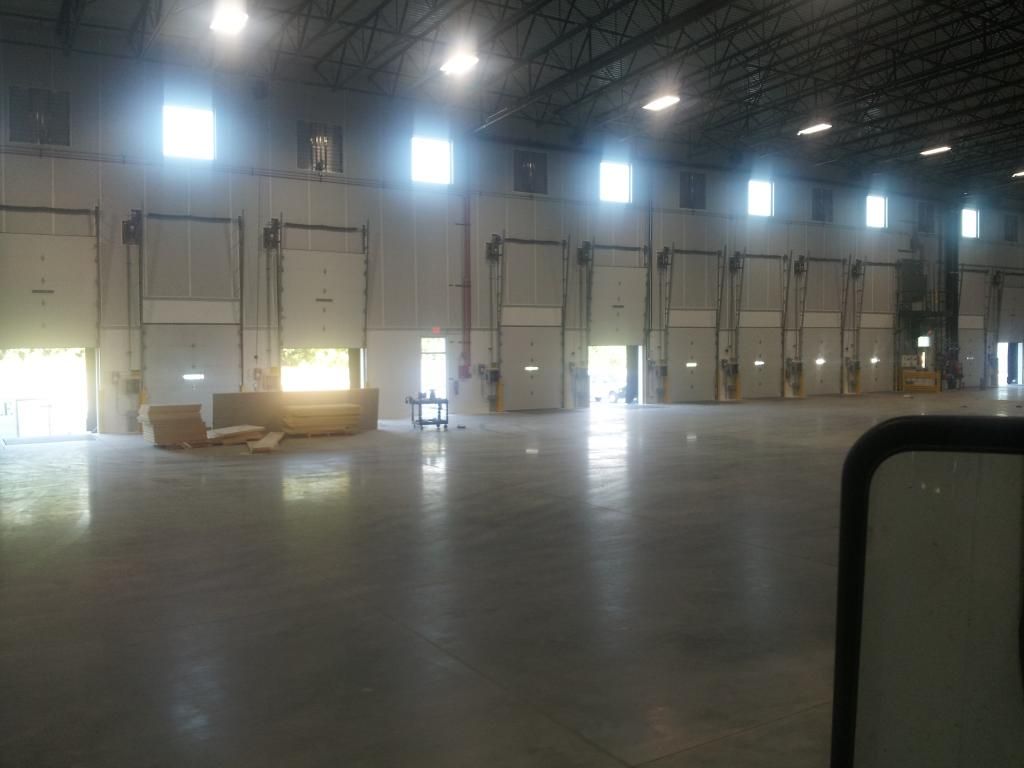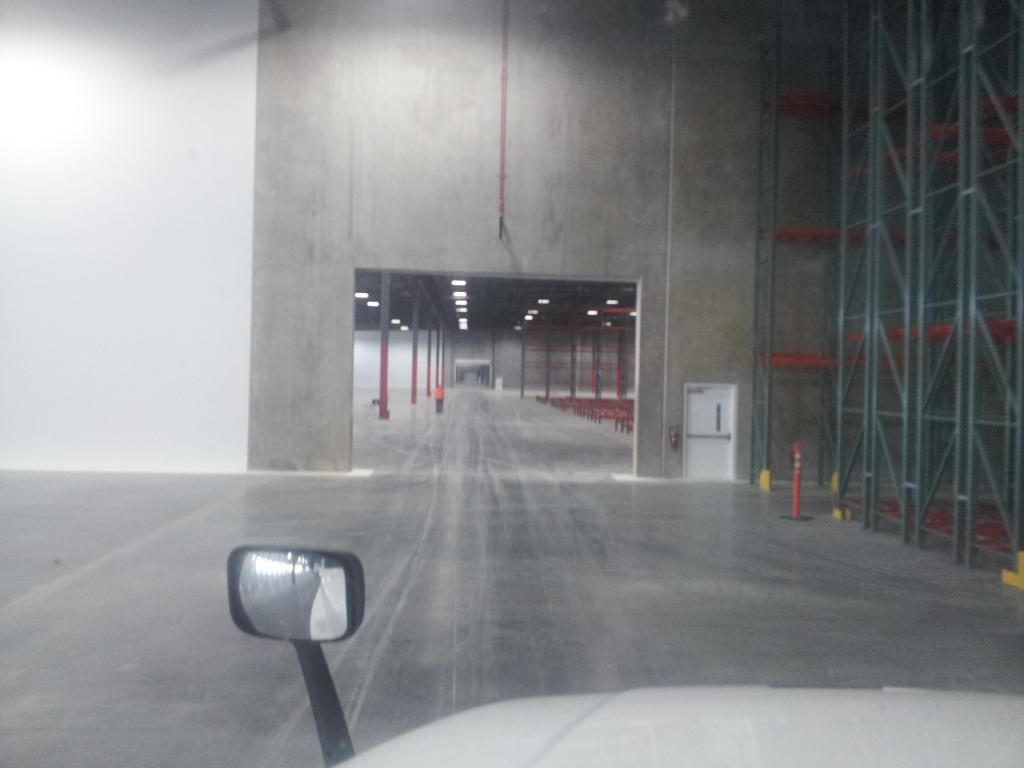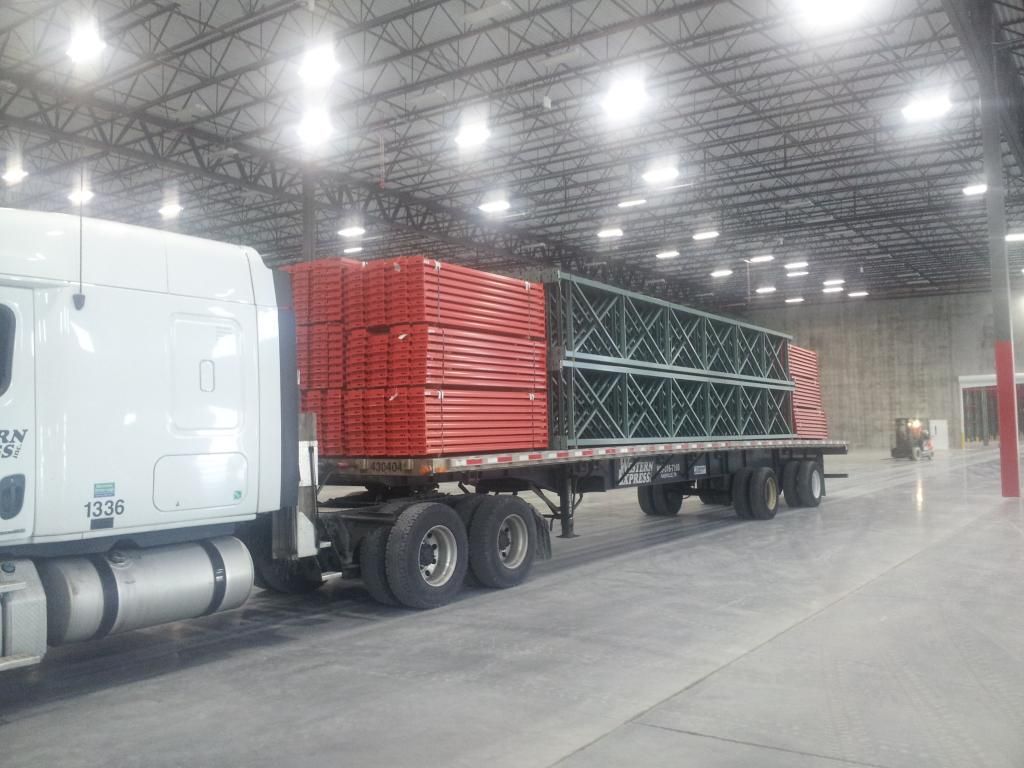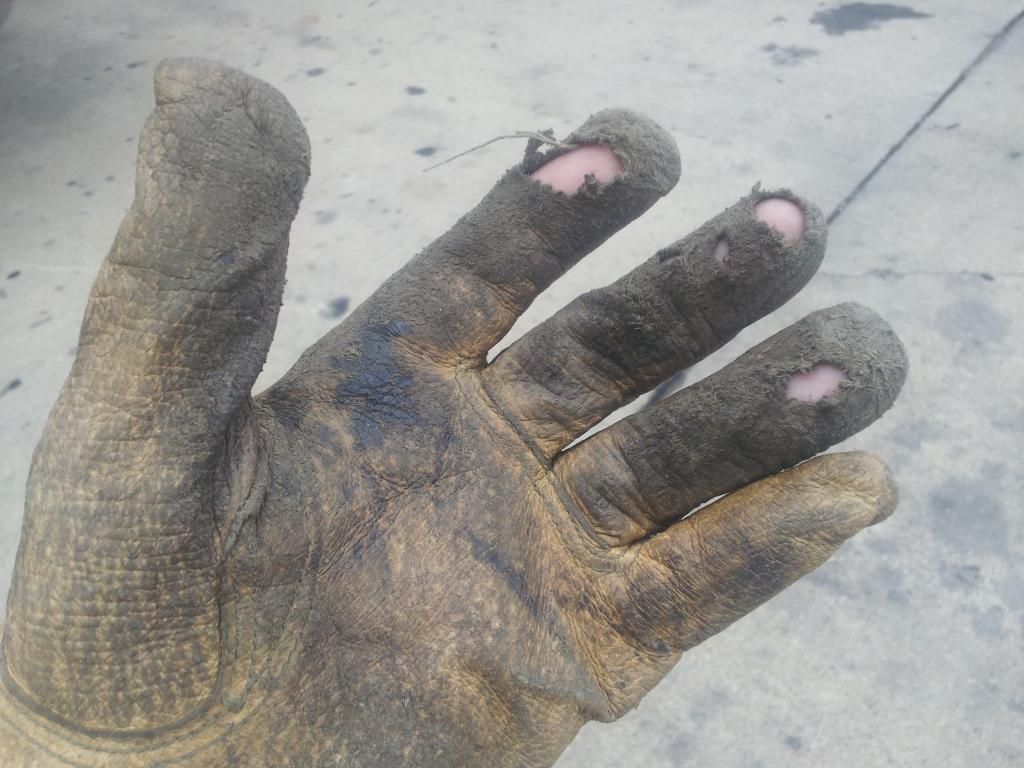Here's a photo of what this load looks like.
Before a flat-bedder can figure out how to secure his load he must first know what it weighs. Unlike some "reefer" loads, the flat-bedder"s BOL's usually have fairly accurate weights listed on them - this is because their load securement practices are based on that information, or at least it is supposed to be. I did have a load recently though that had the numbers way off. I could tell immediately as I drove off with that load that it was way heavier than they said it was, so I drove right to the nearest CAT Scale and found I was going to be about twelve hundred pounds over gross weight if I filled up my fuel tanks. So I had to get that one delivered on fumes while dancing around the scales, but that's another story for another time.
Okay, once you know the weight of your load you've got to figure out what the WLL is. WLL is the "working load limit". If you can divide by two you just might qualify to be a flat-bedder, cause that's all a flat-bedder does to figure the WLL of his load. This load has three transformers on it and we need to know what each of them weighs because they each need to be secured as a separate unit. My BOL's tell me that the two units in the back weigh 17,400 lbs. each, and the smaller unit in the front weighs 5,500 lbs. After dividing these numbers by two we get a WLL of 8,700 lbs. for each of the larger units, and 2,750 lbs. for the smaller unit. These transformers are supposed to be secured to the trailer with chains through some steel rings welded near the base as per the manufacturers instructions. So now we need to know how much weight these chains can handle so we can make sure they are capable of keeping this load on the trailer until we can get it to it's destination. That means we need to know the WLL of the chains. This is called our equipment WLL.
I have on my truck ten sets of grade 70 5/16" chain. These chains are rated at 4,700 lbs. WLL. The 5/16" grade 70 snap binder we will tighten the chains with are rated at 5,400 lbs. WLL, and the stake pockets on the trailer which we will "tear drop" anchor our chains to are also rated at 5,400 lbs. WLL. These are D.O.T. required standards for these pieces of equipment. Okay the weakest piece of equipment in our example here is the chain itself at 4,700 lbs. WLL. So that will be the equipment WLL we will use for our calculation. The heaviest of our load WLL was the large transformers at 8.700 lbs. Two chains with a WLL of 4700 lbs. each should give us a WLL of 9,400 lbs., so two chains will secure each of the larger transformers and of course will be more than sufficient for the smaller unit.
Those of you who are observant are already wondering why the above photo shows a strap over the top of each transformer, and I am happy to satisfy your curiosity. There are two reasons why I added the strap across the top. First, I like for my equipment WLL to exceed my load WLL by 20% and we weren't quite there on the larger transformers if you examine the math. Secondly these transformers are tall and if some unexpected event such as an accident were to occur which might possibly cause a chain to fail these things could easily topple over onto a mini-van full of children. That strap over the top is just a little extra insurance. By the way, a 4" synthetic strap is rated at a WLL of 5,400 lbs., so this load is now very secure and safe for travelling the 700 mile trip to CT.
Here's a close up photo of how the chain is "tear dropped" around the stake pocket on the trailer.
Here's a photo of the steel rings that the chain passed through on the transformers.
I always take my excess chain and wrap it around the binder and secure it in place with a bungee - some of those D.O.T. inspectors can get real nasty about loose chains laying on the bed of your trailer.
When ever I have a lengthy piece of strap out there in the breeze, I just put a half twist in it like this and that keeps it from flapping around and causing me trouble later on down the road.
So, there you have it, I don't just go through life holding on to a steering wheel all the time. I do get to use my head a little every now and then. The variety and the challenges of getting it done just right with all the various types of loads I haul make this job both rewarding and challenging.

